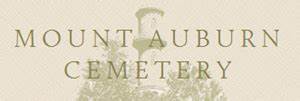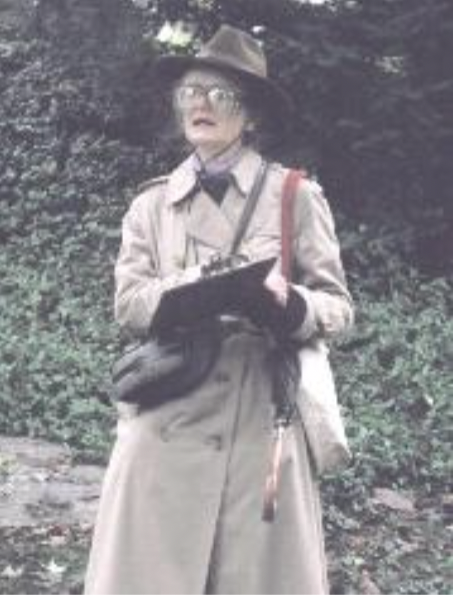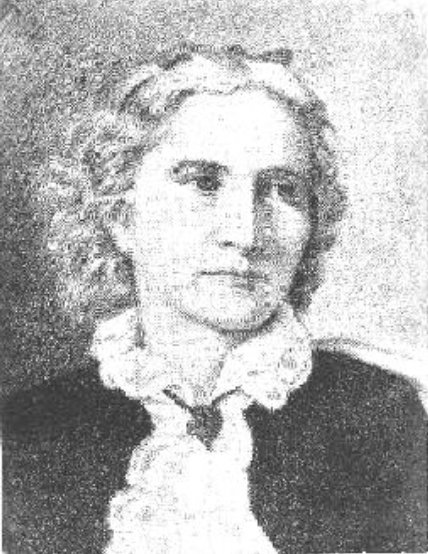
The following story is part of a series on local history provided by the Historical Society of Watertown. It was written by Historical Society President Marilynne Roach for the April 2006 Historical Society newsletter, “The Town Crier.”
MOUNT AUBURN NOTABLES
In celebration of the 375th anniversary of the founding of Watertown, the Friends of Mount Auburn Cemetery and the Historical Society of Watertown joined together on October 9, 2005 to give a guided tour of the gravesites of several notable people who once resided in Watertown.
The lives of our Watertown notables were recalled by members of the Historical Society Council and Historical Society volunteers. The following information was presented by author and illustrator Marilynne Roach, a member of the Historical Society and a Watertown Historical Commission Board Member.
Anne Whitney 1821-1915
Born in Watertown on Galen Street (in the Hunt house of Revolutionary fame) in a family active in abolition, education and women’s rights (Lucy Stone was a cousin), Anne Whitney received an excellent education – especially for a woman of her time. Her poetry appeared in Harper’s and Atlantic Monthly and in a book Poems published in 1859 with no fanfare and only tepid reviews until noticed by the influential North American Review. That journal praised Whitney’s rapport with nature, compared her verse to England’s Pre-Raphaelites, and admired its “lyrical and dramatic power.”

“Every word strikes home;” the reviewer wrote, “every line is clean, distinct as if cut in stone; the pen in her hands becomes so like the sculptor’s chisel that one questions if poetry be the fittest exponent of her genius.”
The story is that when the family had moved to a part of Watertown now Belmont, the farmer next door observed her model a face in the wet sand he was using to root cuttings and encouraged her to study art. In fact she studied art in Philadelphia and New York, and anatomy in a Brooklyn hospital. She rented a Boston studio near her teacher William Rimmer and worked at home in a backyard studio called “the shanty” built by her brother. She also studied in Rome –the center of western sculpture at the time, and a place where a respectable woman artist could work from male models.
She knew fellow sculptor and Watertownian the more boisterous Harriet Hosmer but avoided her due to incompatible personalities.

Being well-to-do Anne could choose what she wanted to sculpt – often allegorical figures – a beggar woman as “Rome” (that caused a sensation) and “Africa” as a recumbent figure awakening to freedom. Anne entered a contest organized by the Boston Art Committee to represent the abolitionist senator Charles Sumner. Her anonymous entry won – until her identity was revealed and the Commission withdrew their decision on the grounds that “no woman should attempt to model a man’s legs; it was indelicate and would never be successful.” (Runner-up Thomas Ball made the statue now in the Boston Public Garden facing Boylston Street)
Both the Whitneys and the Sumners were disappointed. From Rome Anne wrote: “Bury your grievance; it will take more than the Boston Art committee to quench me.” (A line in one of her poems said “You are welcome, world, to criticize, carp and croak yourself hoarse if you will,” she would still remain herself.) Indeed, one of her last works was the completion of the Sumner statue –the one the subject’s own family preferred- now installed in Harvard Square.